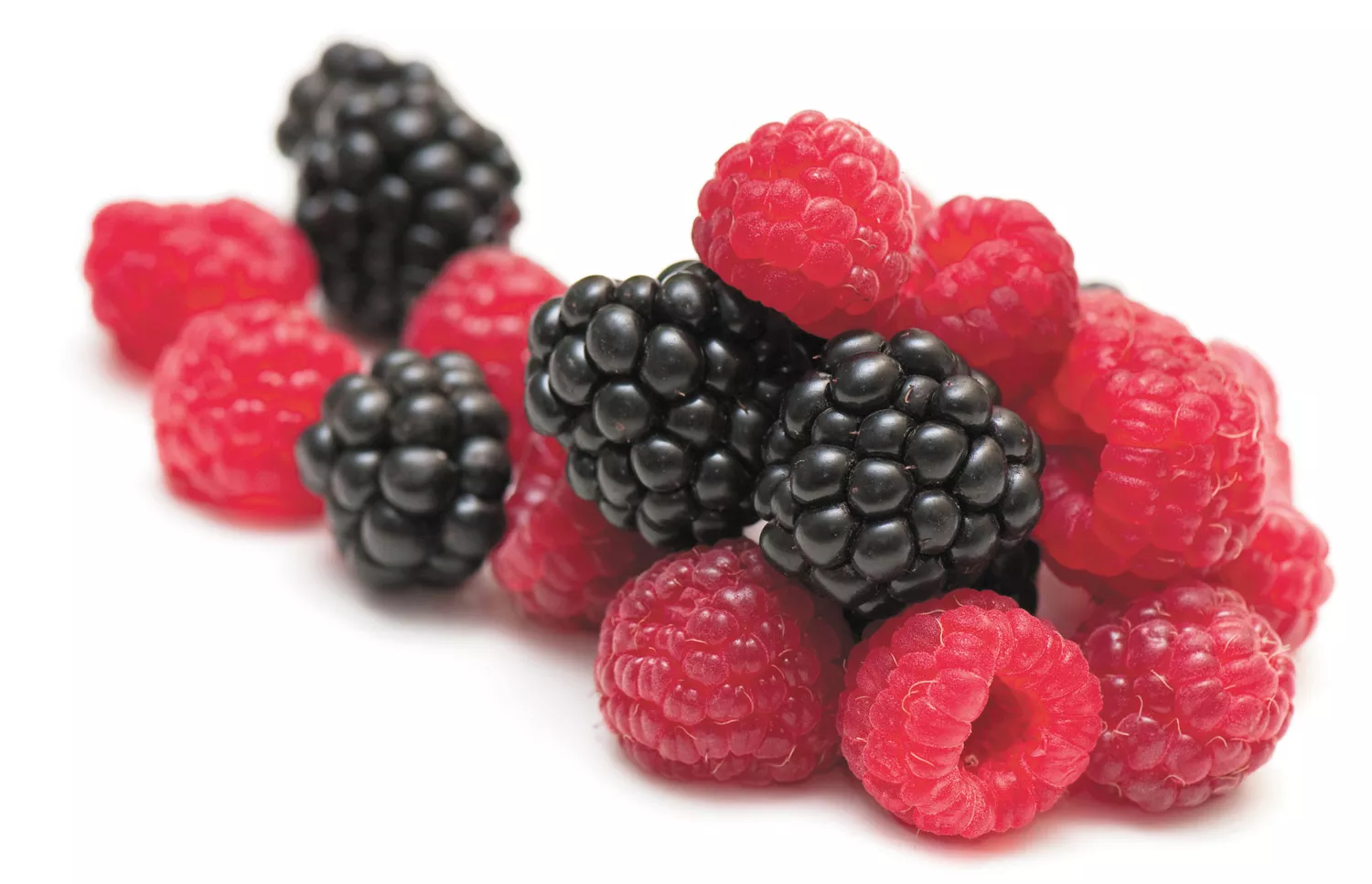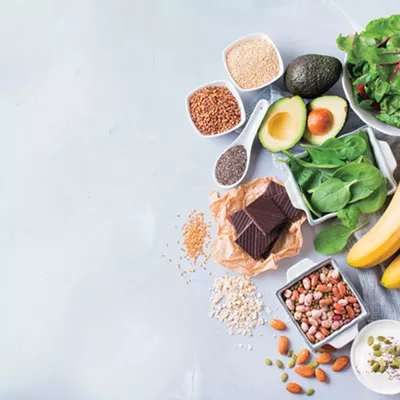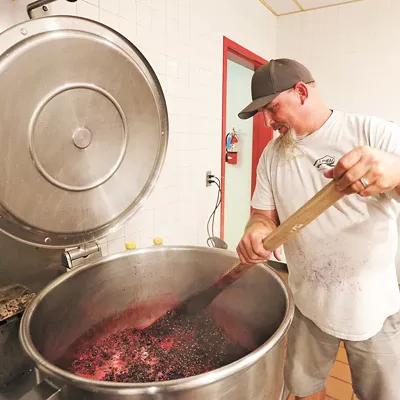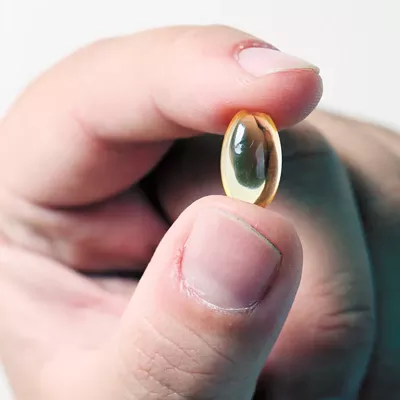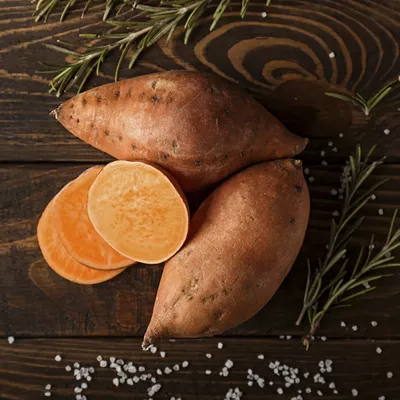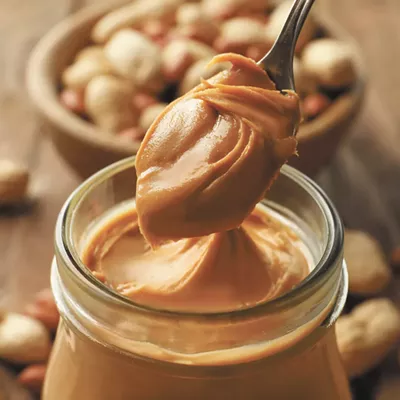Perhaps one of the best parts of late summer is the abundance of freshly ripened fruits and vegetables available in our area. One of the most power-packed types of seasonal fruits available at this time are berries. Whether these come from your own garden, the local farmers' market, the grocery store or the wilderness, late-summer berries are truly a treat.
RASPBERRIES AND BLACKBERRIES
Raspberries and blackberries are both members of the Rubus genus. Both grow as an aggregate fruit, with each little bulb (technically called a drupelet) containing its own seed. Both raspberries and blackberries appear to have been consumed by humans since prehistoric times and have been widely used in Europe and the Americas for health and medicinal benefits. Now, these juicy little berries are widely cultivated for their sweet yet tart flavor, often prized in desserts or just eaten plain.
Physically, one of the easiest ways to distinguish blackberries from raspberries is that blackberries have a solid core, making the berries a bit firmer. Conversely, raspberries have a hollow core and slightly softer flesh. Both have impressive levels of antioxidants, vitamins and minerals. However, due to their deep, rich color, blackberries are higher in anthocyanins, an antioxidant that is potently anti-inflammatory. Both berries are rich in vitamin C, though blackberries are higher in vitamins A and K. Raspberries contain a slightly higher level of healthy fats. In terms of minerals, while blackberries are high in manganese, raspberries are higher in potassium.
WILD BERRIES
You can't discuss late summer berries in the inland Northwest without including the famous huckleberry. These berries grow wild only in the Northwest at elevations above 2,000 feet. Huckleberries are rich in antioxidants and vitamins, known for benefits including reducing cholesterol, promoting heart health, and enforcing strong metabolism. They're high in both vitamin C and iron, a pair that improves iron absorption when taken together. Huckleberries are also packed with antioxidants, as well as vitamin A and B vitamins. These berries must be foraged, so you can either buy them at local farmers' markets and some grocery stores or get out and pick them for yourself!
Thimbleberries are a lesser-known forageable native to the western states of North America. They are also a member of the Rubus genus, a cousin to raspberries and blackberries. Similar to raspberries, thimbleberries are a soft, hollow-core aggregate berry. In fact, they're so soft that they're too delicate to be collected and sold at markets, and instead are best eaten fresh off the bush or quickly made into a jam. Thimbleberries are wide and round, rather than elongated like a raspberry. You can find thimbleberries in the mountains, commonly in shady and moist areas. Thimbleberries are nutritionally similar to raspberries, being high in vitamins A, C, and B vitamins, as well as being very high in antioxidants and minerals. There are also some traditional medicinal uses of thimbleberries, including the treatment of scurvy, anemia and even certain skin conditions.
Stacey Aggarwal received a Ph.D. in pharmacology from the University of Washington. She writes about biology, health and nutrition while running a lavender farm in North Idaho.

